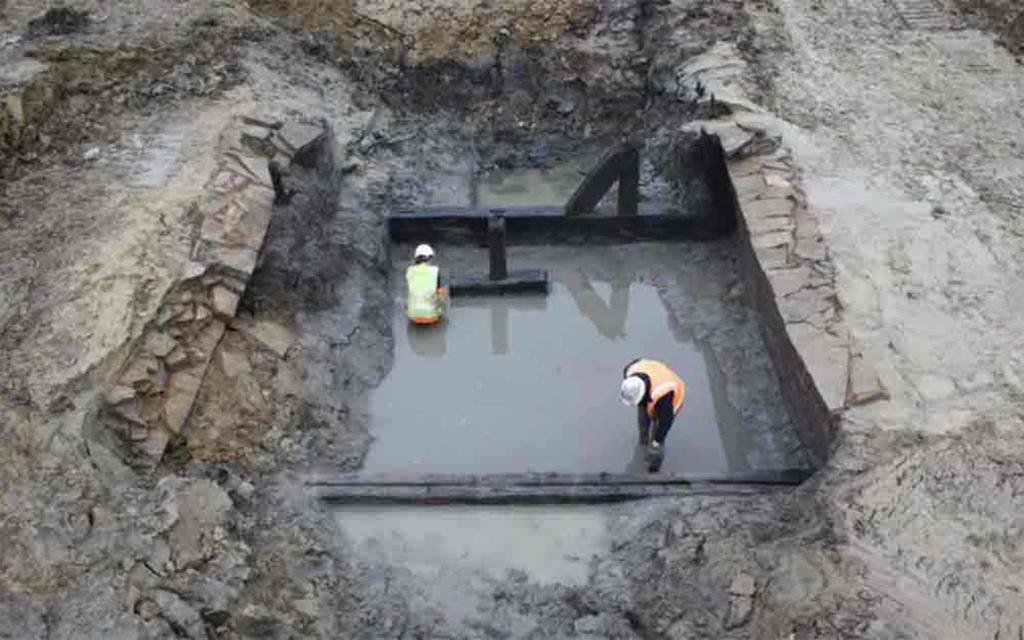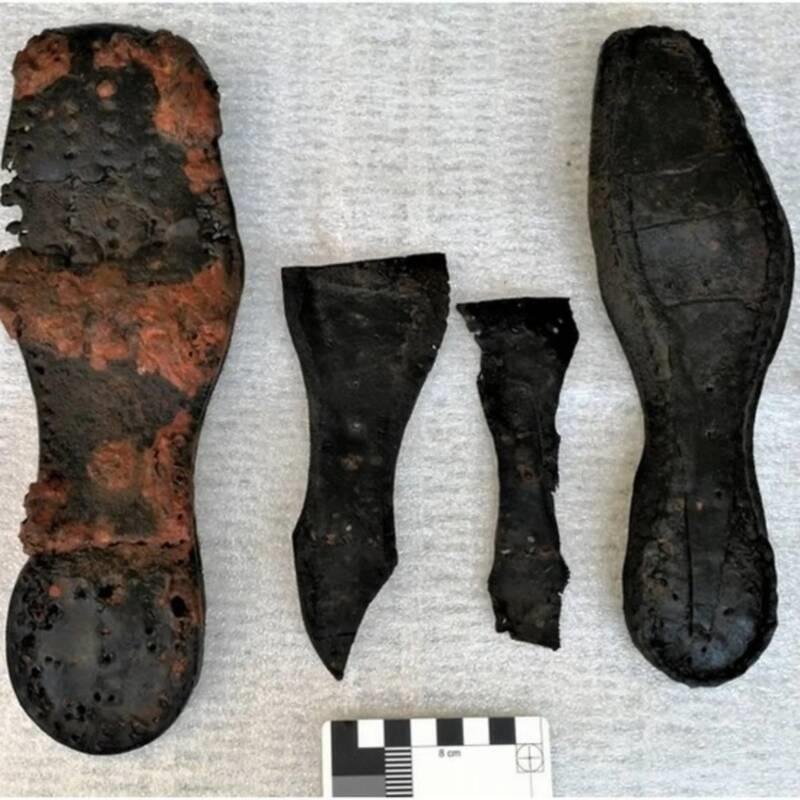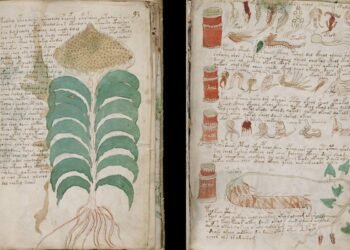Excavations led by Cotswold Archaeology in Tewkesbury, a historic riverside town in Gloucestershire, England, have unearthed a significant medieval moat and bridge. The site, known as Cowfield Farm, has revealed traces of medieval habitation dating back to the 12th or 13th centuries.

The discovery, described as of “high significance” by Cotswold Archaeology, challenges the common perception that such features were exclusive to castles. Instead, it suggests that even peasant farmers utilized moats for security and symbolic purposes.
Archaeologists have pieced together a narrative of life at Cowfield Farm, where inhabitants were tenants of Tewkesbury Abbey, situated two miles away. It functioned as a center for cattle rearing, evidenced by the discovery of a vaccary or cowshed, supplying dairy and meat products to the nearby Tewkesbury Abbey and urban areas.

According to Jon Hart, senior publications officer of the archaeological educational charity, “Moats were used way down the social scale to the wealthier peasants, the movers and shakers of village life. A moat was partly for security, as there was no police force; so there was a practical aspect.”

Furthermore, the moat, filled with water, carried Christian symbolism, signifying purity and serving as a protective barrier for the lady of the house. Hart noted, “The lady of the house, whose fidelity had to be protected, [was] surrounded by a symbolic virtuous belt of water.”
The excavation revealed remnants of a wooden bridge, dated to the mid-15th century through dendrochronology. Additionally, a diverse array of artifacts, including a pilgrim badge depicting the archangel Michael defeating a dragon, a copper-alloy clasp possibly from a monk’s book, and a bucket-shaped pottery vessel, offered glimpses into the daily lives and spiritual practices of medieval inhabitants.

Despite modern transformations, with Tewkesbury now characterized by industrial parks and urban development, Cowfield Farm serves as a link to the region’s medieval past.

Hart expressed enthusiasm for the findings, highlighting the rarity of researching medieval rural sites and the opportunity to uncover untold stories beneath the surface. As he aptly summarized, “There are stories to be unpicked” beneath the seemingly ordinary landscapes of our modern world.




















